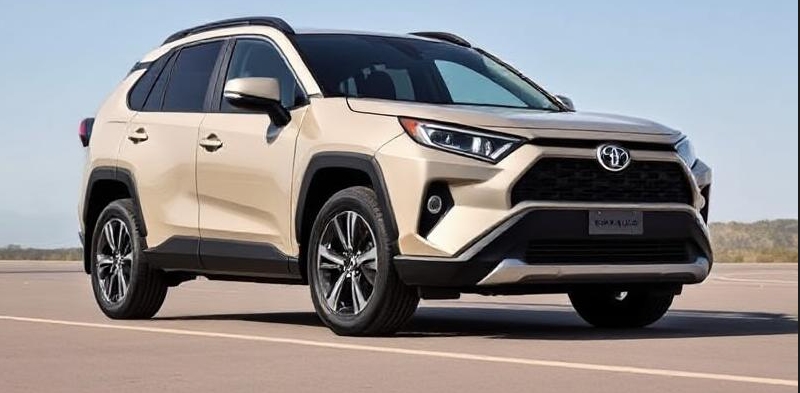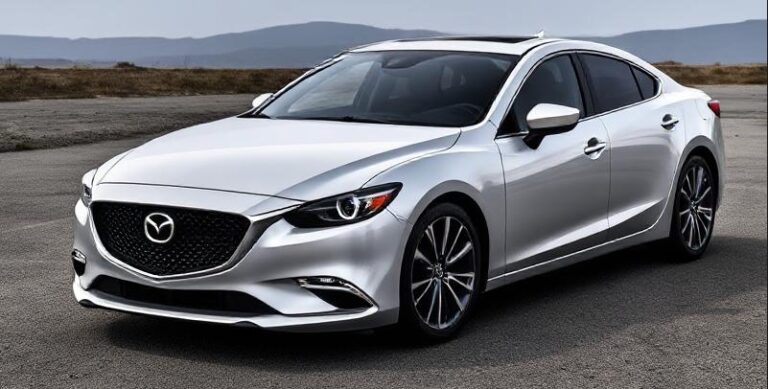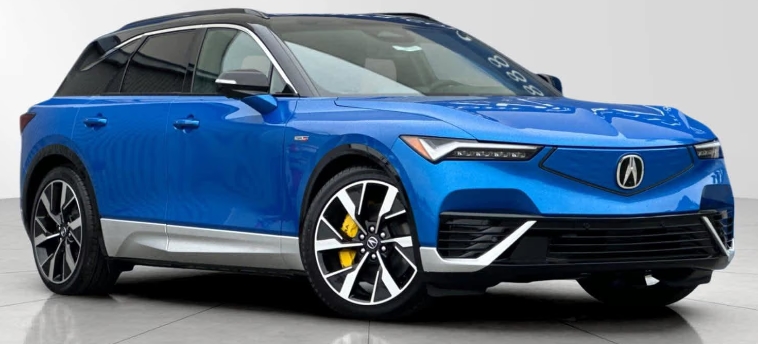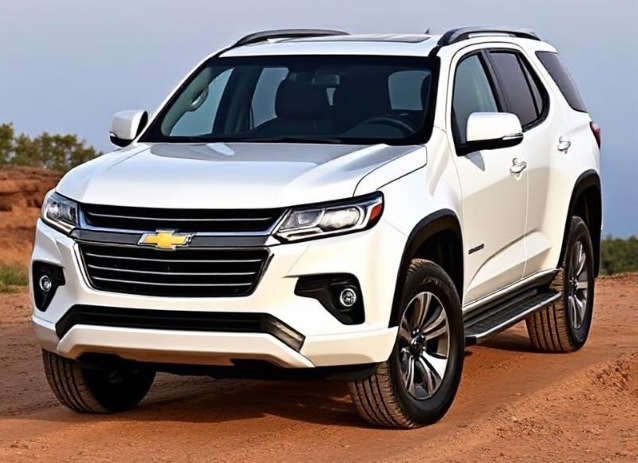The Evolution of the Toyota RAV4: A Journey Through Generations
The Toyota RAV4, an automobile that pioneered the compact SUV segment, has witnessed significant evolution since its inception in the mid-1990s. With a blend of practicality, performance, and efficiency, the RAV4 has become one of Toyota’s best-selling models. In this article, we explore the evolution of the Toyota RAV4, detailing its production years, model variations, and trim levels offered throughout the years.
First Generation (1996-2000)
The RAV4 was launched in Japan in 1994 and made its way to North America in 1996 as a 1997 model. This compact SUV was developed as a response to the growing popularity of SUVs, yet it retained the agility of a passenger vehicle.
- 1997-1999 Model Years: The first-generation RAV4 offered a 2.0L 4-cylinder engine, producing around 120 horsepower. It was available in three-door and five-door configurations. Trim levels included:
- Base
- L (Limited)
In 1999, the model underwent minor updates, notably enhanced safety features like standard dual airbags and optional antilock brakes.
Second Generation (2001-2005)
With the arrival of the second generation, launched in 2000 for the 2001 model year, the RAV4 traded its compact design for a more robust structure and a larger size.
- 2001-2005 Model Years: The second-gen RAV4 was now a more family-oriented vehicle with upgraded performance options. It came equipped with a more powerful 2.4L 4-cylinder engine delivering 148 horsepower. The body was more rounded, and the interior saw significant upgrades.
Trim levels included:
- Base
- L
- Limited
In 2003, a V6 option was introduced, providing a more vigorous driving experience.
Third Generation (2006-2012)
The third generation debuted in 2005 for the 2006 model year, marking a significant change with a noticeable increase in size and a more aggressive design.
- 2006-2012 Model Years: The RAV4 continued to offer a 2.5L 4-cylinder engine with about 179 horsepower or a V6 option. This generation also introduced an available third row for increased seating capacity.
Trim levels offered in the third generation included:
- Base
- Sport
- Limited
The 2010 model received a facelift with updated exterior styling and an upgraded infotainment system, bringing features like Bluetooth connectivity.
Fourth Generation (2013-2018)
Launched in 2012 as a 2013 model, the fourth generation leaned heavily on technology and rugged features while maintaining a sleek aesthetic.
- 2013-2018 Model Years: The RAV4 debuted with a 2.5L 4-cylinder engine, now producing 176 horsepower, marking a slight drop from the previous generation. The hybrid variant was also introduced in 2016, appealing to eco-conscious consumers.
Trim levels varied over the years, including:
- LE
- XLE
- SE
- Limited
In 2015, the Toyota Safety Sense package became standard on many trim levels, integrating advanced safety technology like forward collision warning, lane departure alert, and adaptive cruise control.
.

.
Fifth Generation (2019-Present)
The current fifth-generation RAV4 made its debut in 2018, elevating design and functionality to new heights.
- 2019-Present: Known for its rugged aesthetics and a more aggressive appearance, the 2019 RAV4 maintained the 2.5L 4-cylinder engine but improved fuel efficiency and performance. The hybrid version became a significant part of the lineup, appealing to a wider range of consumers.
Current trim levels include:
- LE
- XLE
- XLE Premium
- Adventure
- TRD Off-Road
- Limited
The Adventure trim is marketed towards those seeking outdoor performance, featuring that rugged off-road capability absent in previous iterations. The TRD Off-Road trim introduced in 2020 highlights Toyota’s commitment to blending utility with adventure, equipped with specialized features for off-road enthusiasts.
The RAV4 Hybrid and Plug-in Hybrid were also launched under this generation. Notably, the Toyota RAV4 Prime PHEV (Plug-in Hybrid Electric Vehicle) joined the lineup in 2021, offering electric-only driving capabilities alongside the versatility of a gasoline engine.
Design and Technology Evolution
Across generations, the RAV4 has consistently evolved in design—from the boxy silhouette of the first generation to the bold, aggressive looks of the current model. Interior layouts have also advanced remarkably, with each generation emphasizing comfort, technology, and ease of use.
By the fourth generation, Toyota integrated the Entune infotainment system, offering navigation, music streaming, and smartphone connectivity. The fifth generation further advanced digital interfaces, introducing a larger touchscreen display, compatibility with Apple CarPlay and Android Auto, and more sophisticated driver-assistance technologies.
Safety and Reliability
Safety has been paramount in the RAV4’s evolution. From standard airbags in the first generation to the comprehensive Toyota Safety Sense package in later versions, the RAV4 has consistently received high safety ratings from organizations like the IIHS (Insurance Institute for Highway Safety).
The hybrid models also incorporate various features for battery management and regenerative braking, ensuring that safety is never compromised even while focusing on fuel efficiency.
Conclusion
The Toyota RAV4 has come a long way since its inception in the mid-90s. It has continually adapted to meet consumer needs, transitioning from a quirky compact SUV to a sophisticated family vehicle that includes hybrid options and advanced safety technologies. As it stands today, the Toyota RAV4 is not only a bestseller for Toyota but also a prominent player in the growing compact SUV segment, paving the way for future innovations and trends in automotive design and technology. With each new generation, the RAV4 has proved to be a versatile option for drivers, skillfully balancing performance, efficiency, and comfort, making it a staple in many households across the globe.







